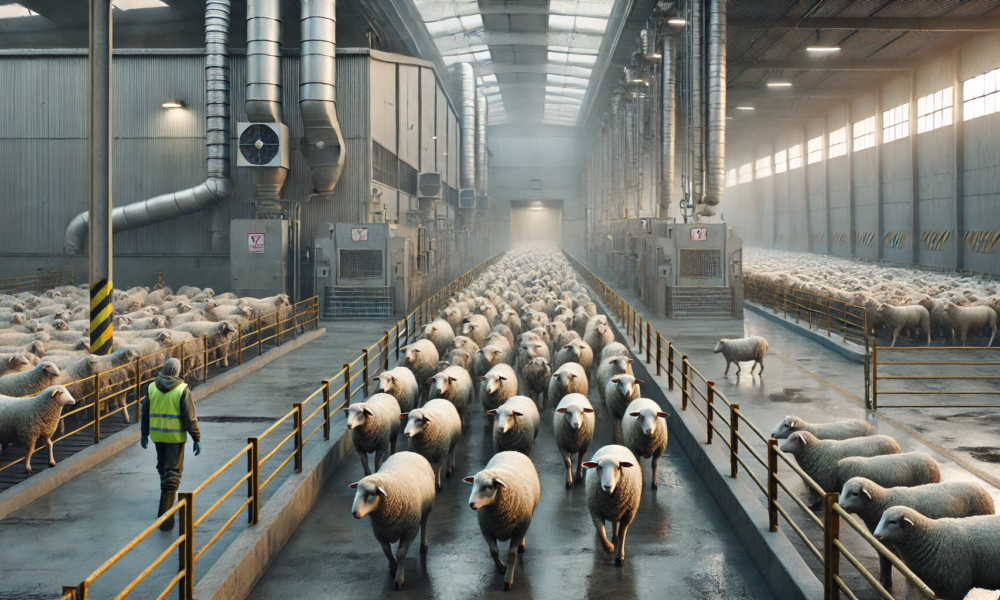Mutton takes up the slack

Market Morsel
The Australian lamb and sheep market saw a shift lower in slaughter activity and pricing trends have reflected the change through June 2025, as the seasonal tightening of supply collided with strong export demand. Across the board, lamb slaughter indices declined significantly in all major producing states, while price indicators surged for heavier categories. In contrast, sheep slaughter remained more resilient, with mutton increasingly favoured by processors to fill kill slots amidst a dwindling supply of finished lambs.
From May to June, lamb slaughter volumes fell sharply in key production states. New South Wales dropped from a slaughter index of 74% to just 32%, while Victoria tumbled from 64% to 22%, a 42-point fall, highlighting the depth of the seasonal contraction. Western Australia also posted a heavy drop, falling from 88% to 50%. South Australia and Tasmania declined as well, though Queensland (not a significant processing state) was the exception, posting a marginal increase from 56% to 57%.
Sheep slaughter volumes, by comparison, were more stable. Victoria lifted from 56% to 61%, and Queensland rose from 54% to 58%. While some states like New South Wales (49% to 25%) and Western Australia (58% to 21%) saw substantial reductions, the overall national picture was more balanced than lamb. This relative stability, coupled with lower prices, made mutton a more accessible option for processors as lamb supplies tightened.
The divergence between lamb and sheep slaughter trends, and the corresponding price movements, offer a clear insight into processor behaviour. With fewer finished lambs available, especially in the key producing states of NSW and Victoria, processors appear to be targeting the remaining pool of heavy and trade lambs, driving up competition and pushing prices higher. The strength in these categories reflects not only the scarcity of supply but also the export demand, with markets in the US, Middle East, and Asia continuing to absorb Australian product despite elevated prices.
Conversely, the lower pricing and steadier volumes in the mutton category suggest that processors are using sheep to maintain throughput where lambs are unavailable. Processing margins on lamb are likely much slimmer so the lower cost per head of mutton relative to lamb and the ability to keep kill chains moving make it an attractive option under current conditions. This also aligns with the slightly improved sheep slaughter indices in states like Victoria, where processors appear to have ramped up mutton kills as lamb availability fell away.
There’s also evidence that processors are being more selective in the lambs they do purchase. The largest gains have come in the heavier, more finished categories, Trade and Heavy Lambs, while Restocker Lambs have seen prices ease. This may reflect both a seasonal shift in what’s available and deliberate targeting by buyers.
A difficult season in parts of southern Australia has likely limited the supply of heavy lambs coming through the system, making them all the more valuable. Lighter and younger lambs may be more abundant, but they do not meet the same export specifications or yield outcomes for processors facing high operating costs and tight margins.
The result is a diverged market, one in which prices for finished lambs are running hot, driven by scarcity and export pull, while lighter lambs and mutton play a more functional role in maintaining processor throughput. The strong rebound in lamb indicators, despite falling slaughter, underscores just how tight the supply of suitable stock has become.
Looking ahead, processors will likely continue favouring sheep and any remaining finished lambs through the winter months. Restocker activity may remain muted until more consistent seasonal conditions return, and pricing in the lighter categories moderates. Export demand remains a key pillar of support, particularly with global sheepmeat supplies under pressure and Australia’s reputation for quality remaining strong.


